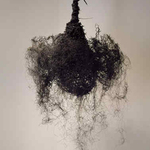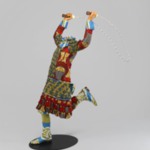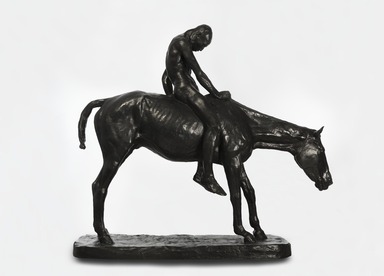

Charles Cary Rumsey (American, 1879–1922). The Dying Indian, 1900s. Bronze, 113 x 101 x 31 in. (287 x 256.5 x 78.7 cm). Brooklyn Museum, Gift of Mrs. Charles Cary Rumsey, 30.917. Creative Commons-BY (Photo: Brooklyn Museum, 30.917_view01_PS11.jpg)
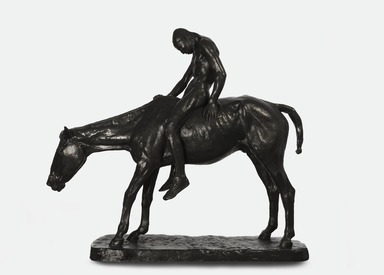
Charles Cary Rumsey (American, 1879–1922). The Dying Indian, 1900s. Bronze, 113 x 101 x 31 in. (287 x 256.5 x 78.7 cm). Brooklyn Museum, Gift of Mrs. Charles Cary Rumsey, 30.917. Creative Commons-BY (Photo: Brooklyn Museum, 30.917_view02_PS11.jpg)

Charles Cary Rumsey (American, 1879–1922). The Dying Indian, 1900s. Bronze, 113 x 101 x 31 in. (287 x 256.5 x 78.7 cm). Brooklyn Museum, Gift of Mrs. Charles Cary Rumsey, 30.917. Creative Commons-BY (Photo: Brooklyn Museum, 30.917_detail01_PS11.jpg)
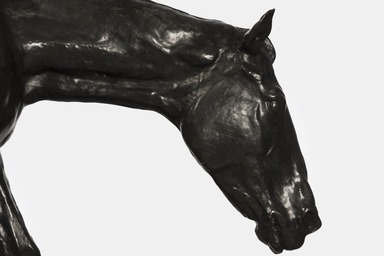
Charles Cary Rumsey (American, 1879–1922). The Dying Indian, 1900s. Bronze, 113 x 101 x 31 in. (287 x 256.5 x 78.7 cm). Brooklyn Museum, Gift of Mrs. Charles Cary Rumsey, 30.917. Creative Commons-BY (Photo: Brooklyn Museum, 30.917_detail02_PS11.jpg)
The Dying Indian
Charles Cary Rumsey
American Art
The title of Murie’s moccasins, rendered in beadwork at Gibson’s request along each shoe’s buckskin edge, comes from Roberta Flack’s song “See You Then.” Gibson and Murie honor the Native subject rendered anonymous by the sculpture’s original artist, reclaiming his story as one of dignity, strength, and survival.

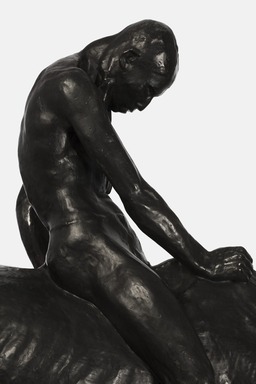
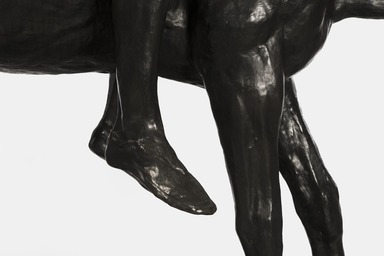


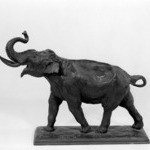
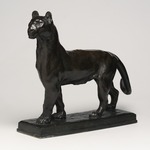

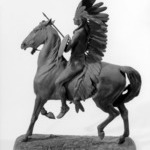

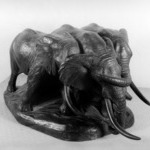
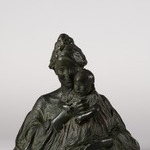
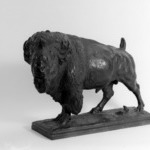
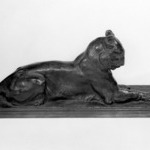


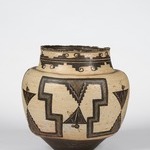
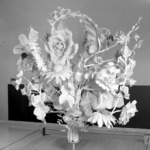



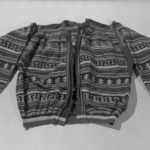

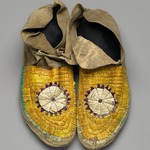
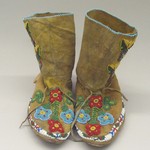




![[Untitled] (Free FAll)](https://d1lfxha3ugu3d4.cloudfront.net/images/opencollection/objects/size2_sq/2007.20_three_quarter_left_PS2.jpg)
